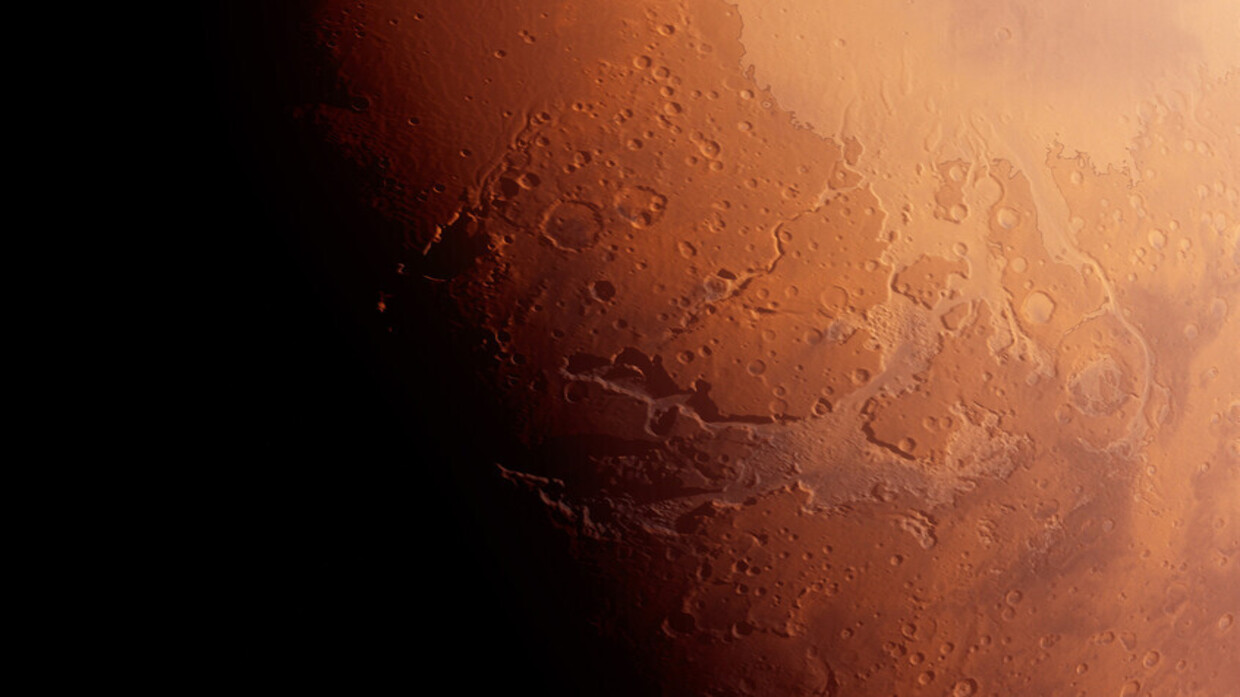London - Saba:
A recent study on Monday said debris resulting from ancient volcanic eruptions on Mars may provide new evidence in the search for alien life.
According to the study published in the Journal of Geophysical Research: Planets, these rocks that were recently discovered are spread across the landing site of the future Mars mission scheduled to launch in 2028.
Using satellite data, scientists concluded that these rocks may have resulted from ancient volcanic eruptions that occurred on Mars, where volcanic ash was ejected into the planet's atmosphere, and this ash may have traveled through the atmosphere for long distances, before falling on the planet's surface, leaving behind layers of rocks that can now be studied.
The team believes that the ash remained preserved in low areas within impact craters due to its mixing with groundwater, which helped preserve rocks rich in minerals that may contain potential signs of life.
"There are no known volcanoes at this site, which means the ash probably came from hundreds or even thousands of kilometres away," Emma Harris, the study’s lead author and a PhD student in the geological history of Mars at the Natural History Museum in London, said in a statement. "It's likely that it came from an erupting volcano that sent the ash high into the atmosphere and travelled this huge distance before settling in this location."
Scientists believe that the dark rocks may have protected the mineral-rich rocks underneath, which are the ones that have the potential to preserve signs of life. However, little is known about how they actually formed.
To learn more, the study’s authors mapped a 19,300-square-mile (50,000-square-kilometer) area using data from NASA’s Mars Reconnaissance Orbiter, which has been searching for evidence of ancient water on Mars since 2006.
Scientists believe that the dark rocks once covered the entire site, but are now only found in small areas. They suggest that the reason for this is that volcanic ash was preserved in the low areas inside the impact craters, where it mixed with groundwater.
"The likely explanation for the location of these rocks is that groundwater was rising from within the Martian crust and filling the bottoms of the impact craters," Harris added.
"When the ash fell on these water-filled spots, it made them more viscous and cohesive. The rest of the ash layers that fell on the surrounding rocks were blown away and were not preserved."
The team hopes to learn more about the site, known as Oxia Planum, once the ExoMars Rosalind Franklin rover mission arrives in 2028. The rover cannot drive over the dark rocks because they are too jagged, but scientists suggest that it could reach mineral-rich rocks on the edges of the deposits.

| more of (Press) |




